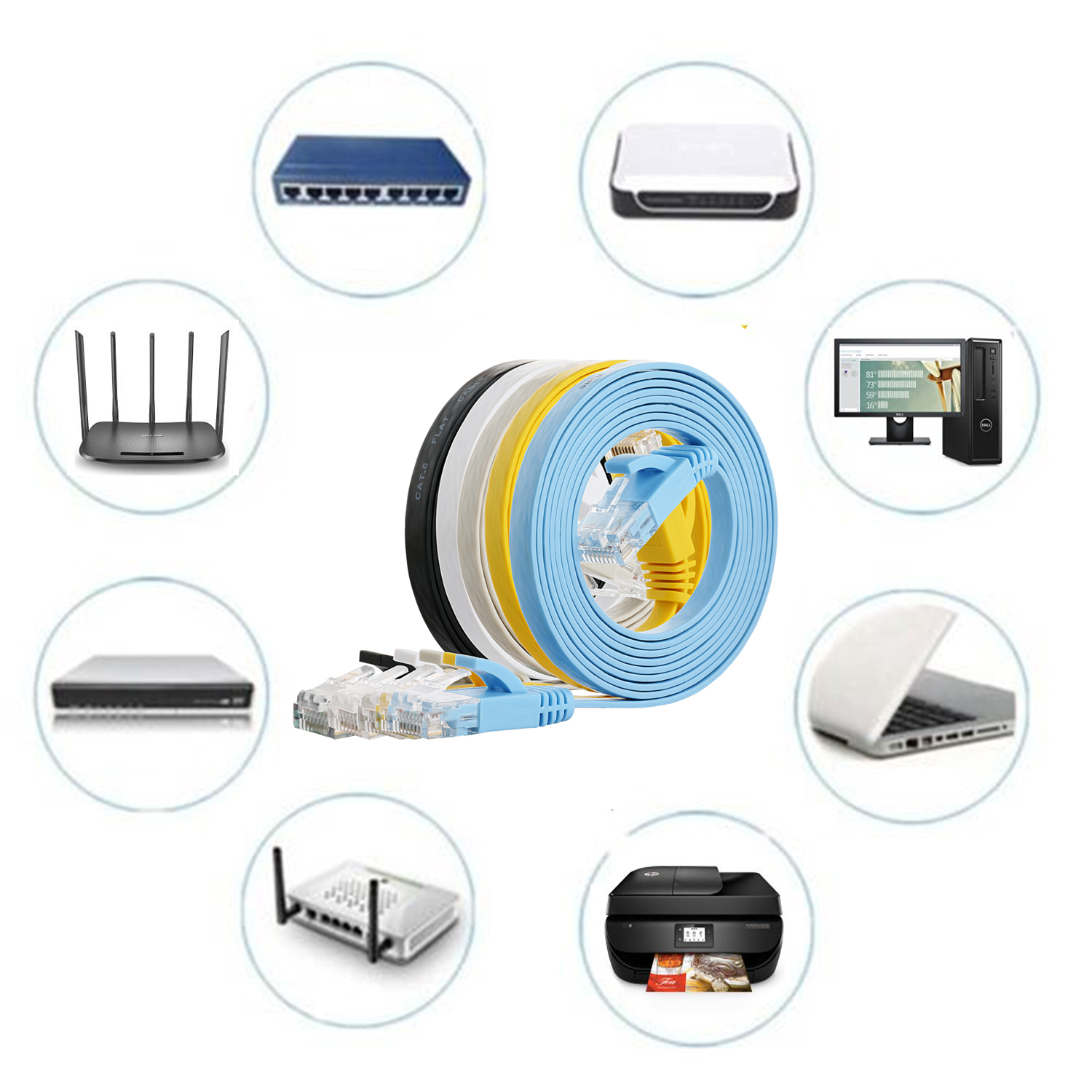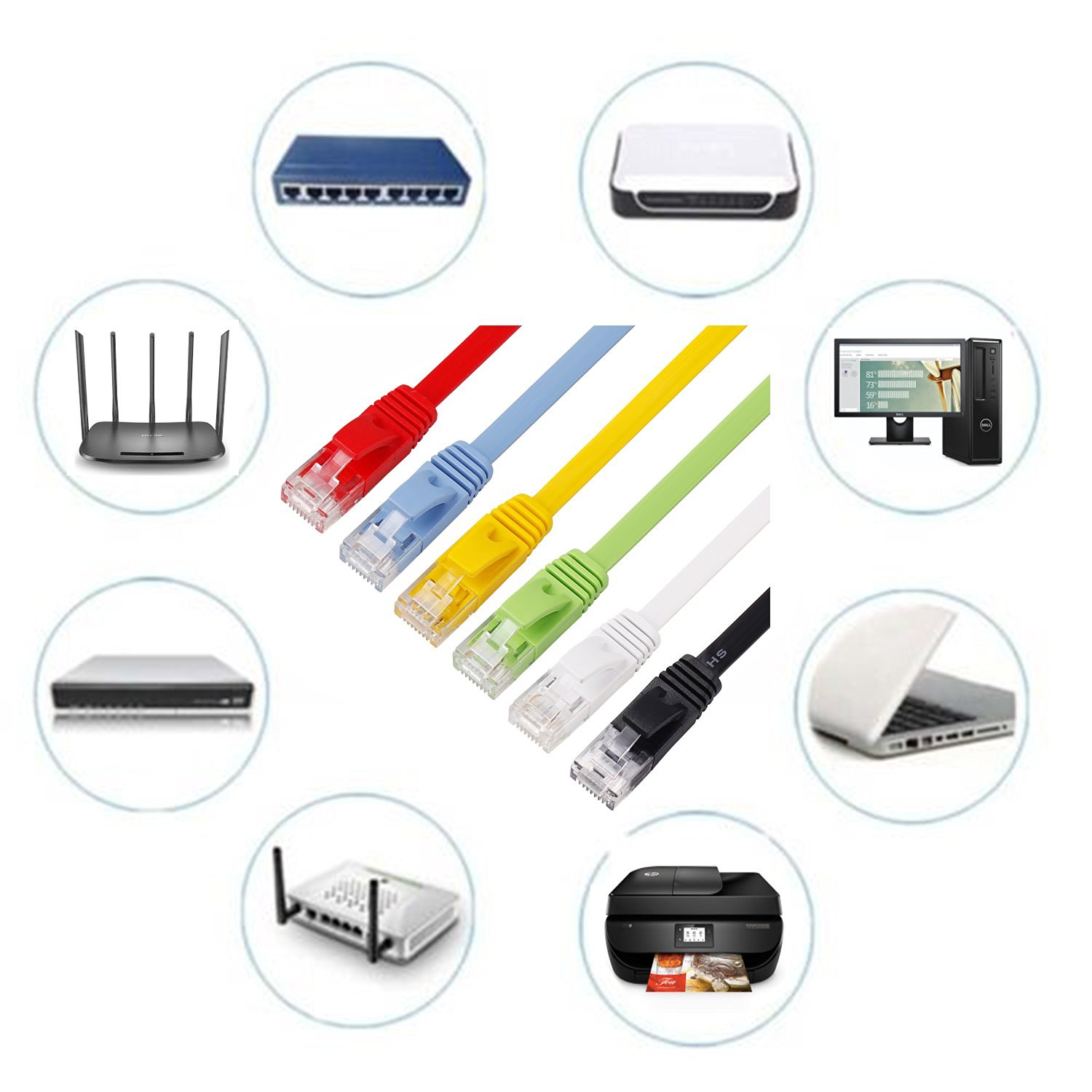Any transmission cable can be equivalent to a distributed system consisting of resistors, capacitors and inductors. Due to the presence of capacitance and inductance, the transmission cable has its own special frequency characteristics, ie different delays for signals of different frequencies (also That is, the so-called different transmission rates) and the presentation of different impedances, obviously, this will cause a certain distortion of the signal. In addition, the resistance of the cable will also cause loss of signal, but since the acoustic signal connection line is usually short, this loss is negligible. However, the speaker cable can not be ignored, because the connection line between the amplifier and the speaker is long and the power transmitted is large, and the resistance of the cable has a direct influence on the output stage of the power amplifier (the load impedance becomes large). Another important parameter of the transmission line is the characteristic impedance. Although the impedance matching in the audio electronic circuit is not as high as that of the high-frequency circuit or the large-signal circuit, if the difference is too large, the sound of the playback will be affected. . Home Theater Network welcomes you!
The audio amplifiers have roughly the following sound sources: radio heads, tape playback heads, CD players, record players, etc. The output impedances of these audio sources are different, so the characteristic impedance of the wires should be similar to the output impedance of the audio source device when mated.
We can divide the signal lines into strong signal lines, weak signal lines and standard signal lines for discussion:
Japan's MAKURAWA, DENK0, 0SONIC, PC 0 CC (Furukawa), ACROTEC (Japan Mining), HISAGO (with sand fruit), Lux, gold scorpion, etc., and Europe PHILIPS (Netherlands-Philips), VDH (Netherlands-Wandenhal), IXOS (UK-Aisuosi), 0RT0F0N (Denmark-Highly Wind), etc. These lines are all made by using different materials and processes. In order to achieve the purpose of changing the frequency characteristics and improving the sound quality of playback, at best, it only plays a role in improving the expressiveness of music.
If you are not a music fan or your amp is too low, don't spend any money to buy these expensive audio cables, because if your amp is not enough for music performance, use ordinary wires and expensive. The price wire effect is the same. According to one of my audiophiles, if your price does not exceed 20,000 yuan, the use of expensive wire will not improve the sound quality.
In summary, a set of audio systems, the selection of standard level signal wires only plays a supporting role in the impact of sound quality, expensive audio wire can only be loved by expensive amplifiers. It is most practical to choose the right speaker cable according to the output power.
The same subject is the same as the second:
Any transmission cable can be equivalent to a distributed system consisting of resistors, capacitors and inductors. Due to the presence of capacitance and inductance, the transmission cable has its own special frequency characteristics, ie different delays for signals of different frequencies (also That is, the so-called different transmission rates) and the presentation of different impedances, obviously, this will cause a certain distortion of the signal. In addition, the resistance of the cable will also cause loss of signal, but since the acoustic signal connection line is usually short, this loss is negligible. However, the speaker cable can not be ignored, because the power amplifier and the speaker cable are long and the power transmitted is large. The resistance of the cable to the power amplifier output stage can be equivalent to the distribution of resistors, capacitors and inductors. System, due to the presence of capacitance and inductance, the transmission cable has its special frequency characteristics, that is, different delays (also called different transmission rates) and different impedances for signals of different frequencies. Obviously, this will The signal produces a certain amount of distortion. In addition, the resistance of the cable will also cause loss of signal, but since the acoustic signal connection line is usually short, this loss is negligible. However, the speaker cable can not be ignored, because the connection line between the amplifier and the speaker is long and the power transmitted is large, and the resistance of the cable has a direct influence on the output stage of the power amplifier (the load impedance becomes large). Another important parameter of the transmission line is the characteristic impedance. Although the impedance matching in the audio electronic circuit is not as high as that of the high-frequency circuit or the large-signal circuit, if the difference is too large, the sound of the playback will be affected. .
The audio amplifiers have roughly the following sound sources: radio heads, tape playback heads, CD players, record players, etc. The output impedances of these audio sources are different, so the characteristic impedance of the wires should be similar to the output impedance of the audio source device when mated.
We can divide the signal lines into strong signal lines, weak signal lines and standard signal lines for discussion:
1. The strong signal line refers to the connection line between the speaker and the power amplifier. This type of line often has no shielding layer. For this kind of wire, the key is to reduce its resistance, because the output resistance of modern power amplifier is very low, so the speaker line is The requirements are also increased, such as the choice of large cross-sectional area or stranded wire. The wire is from pure copper to silver wire. The speaker cable of the more expensive price is the special line of oxygen-free copper speaker. Its main feature is good electrical conductivity and low resistivity. It uses it to increase the sound when playing back the sound. less. Since the transmission line has different impedances to different frequency signals, this characteristic appears to be unclear in the sound reproduction. For this reason, a high-end speaker connection line called an intelligent signal line has been produced, and the characteristics of this line are The signal is divided into two channels according to the frequency. The outer layer of a certain thickness passes the signal above 5KHZ, and the signal below 5KHZ is transmitted through the inner layer of the line, which greatly improves the frequency characteristics of the transmission line and enables playback. The sound is clear and transparent. However, if your amplifier's output power is small or the speaker cable is short, don't spend money on this expensive wire. In this case, the effect is not outstanding.
2. The weak signal line refers to the connection between the microphone and the preamplifier, usually a shielded line.
3. The standard level signal line refers to the connection line between the sound source and the power amplifier. Its transmission level is about 1V, which is also a shield type transmission line. This type of wire is the most widely used in the audio industry. Interestingly, wires made of different insulating media and metal materials have a subtle effect on sound quality. For this reason, manufacturers have produced a variety of wire types to meet people's needs. Different levels of music appreciation requirements. The high-grade finished wire is made of nylon braided sleeve coated with anti-static layer, lined with metal shielding sleeve and then made of oxygen-free pure copper as core wire, and then with gold-plated plug to prevent the plug from contacting badly and generating noise. The standard level signal wire brands are: MONSTER STANDRDINTERLINK (USA), AUDIO0UEST (Santa), SUPRA (Squid), M0NITERPC (Magic), SPACE & TIME (Time Out), MISSION (American Sound), PATRDNICS (Bai Li) and many more. Japan's MAKURAWA, DENK0, PATRD NICS, etc.
Japan's MAKURAWA, DENK0, 0SONIC, PC 0 CC (Furukawa), ACROTEC (Japan Mining), HISAGO (with sand fruit), Lux, gold scorpion, etc., and Europe PHILIPS (Netherlands-Philips), VDH (Netherlands-Wandenhal), IXOS (UK-Aisuosi), 0RT0F0N (Denmark-Highly Wind), etc. These lines are all made by using different materials and processes. In order to achieve the purpose of changing the frequency characteristics and improving the sound quality of playback, at best, it only plays a role in improving the expressiveness of music.
If you are not a music fan or your amp is too low, don't spend any money to buy these expensive audio cables, because if your amp is not enough for music performance, use ordinary wires and expensive. The price wire effect is the same. According to one of my audiophiles, if your price does not exceed 20,000 yuan, the use of expensive wire will not improve the sound quality.
In summary, a set of audio systems, the selection of standard level signal wires only plays a supporting role in the impact of sound quality, expensive audio wire can only be loved by expensive amplifiers. It is most practical to choose the right speaker cable according to the output power.
Our Cat6 Flat Ethernet Cable provides high performance, as it uses 250Mhz to transfer data up to 1Gbps, faster than CAT5E. Allowing for greater bandwidth and, therefore, home and office productivity.
Cat 6 Flat Ethernet Patch Cables are designed for high density environments where clearance and space is limited.
CAT6 Ethernet Cable is manufactured in our own factory with 4-pair oxygen-free pure copper and RJ45 connector plugs with FU gold-plated contacts with molded strain relief snagless boot. Our high-speed Category 6 Ethernet cable has an in-wall PVC jacket.


Super five line identification is "CAT5E", bandwidth 100M, is the mainstream product;The identification of the six lines is "CAT6", with a bandwidth of 250M, used to set up gigabit network, which is the trend of future development.
The "UTP" method refers to the UTP -- Unshielded Twisted Pair cable, which consists of several pairs of Twisted Pair and one plastic sheath.CAT5E of twisted pair also use 4 winding pairs and 1 anti-tension wire, the color of the pair is exactly the same as the CAT6 of twisted pair, namely white orange, orange, white green, green, white blue, blue, white brown and brown respectively.
Although the CAT5E of unshielded twisted pairs can provide up to 1000Mb/s of transmission bandwidth, they often need to be supported by expensive special equipment.Therefore, it is usually only used for 100Mb/s fast Ethernet to connect desktop switches to computers.If you are not prepared to upgrade your network to gigabit Ethernet in the future, then you might as well use CAT5E of unshielded twisted pair in horizontal wiring.
CAT6 of unshielded twisted pair: all parameters of the six classes of unshielded twisted pair have been greatly improved and the bandwidth has been extended to 250MHz.The CAT6 of twisted pair are different from the CAT5 or CAT5E types of twisted pair in shape and structure, which not only increases the insulated cross skeleton, but also places the four pairs of twisted pair wires in the four grooves of the cross skeleton, and the diameter of the cable is also thicker.
In addition to the traditional voice system still use three types of twisted pair, network cabling is basically using CAT5E or CAT6 of unshielded twisted pair Ethernet cable.
Cat6 Flat Ethernet Cable FLAT,Cat6 Cable,Cable Ethernet Flat 26/28AWG,Cat6 Flat Ethernet Cable
Shenzhen Kingwire Electronics Co., Ltd. , https://www.kingwires.com